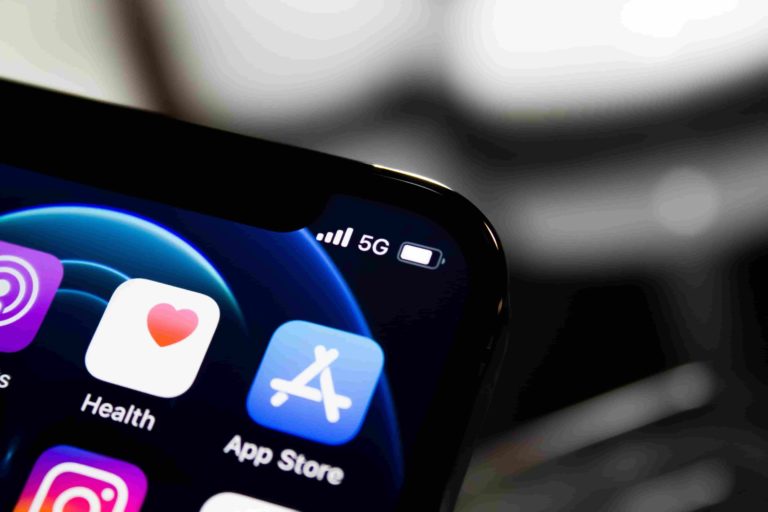
Industry rhetoric about AR’s world-changing status sometimes outweighs evidence that it’s captivating consumers today. Though we see some signals, such as lens engagement figures from Snap and others, we’re often “flying blind” when it comes to consumer AR sentiment.
Looking to fill that gap, AR Insider’s research arm ARtillery Intelligence has completed Wave V of its annual consumer survey report. Working with consumer survey specialist Thrive Analytics, it wrote questions to be fielded to 102,000+ U.S. adults and produced a report based on the results.
Known as AR Usage & Consumer Attitudes, Wave V, it follows similar reports over the last few years. Five waves of research now bring new insights and trend data to light. And all five waves represent a collective six-digit sum of U.S. adults for robust longitudinal analysis.
Among the topics: How is mobile AR resonating with everyday consumers? How often are they using it? How satisfied are they? What types of experiences do they like most? How much are they willing to pay for it? And for those who aren’t interested in mobile AR….why not?
The Already-Converted
Picking up where we left off in the last installment of this series, how much will consumers pay for mobile AR apps? It depends if we’re talking about existing users or non-users. Starting with users, 58 percent will pay $1.00 or more for AR apps. And 13 percent will pay $5.00 or more.
These results represent strong demand signals, considering price sensitivity in the broader mobile app universe. We attribute this to the same factors explored in the last installment regarding AR satisfaction. High satisfaction with AR logically correlates to more willingness to spend.
Going deeper, the most popular price point (26 percent) is between $1.00 and $3.00. This pricing tier leads for the third year in a row and has increased its margin in Wave V. It also notably exceeds in-app purchases which have proven successful in popular apps like Pokémon Go.
Specifically, the game has derived $5 billion+ in lifetime in-app purchases (IAP). This is mostly due to IAP’s low barriers to adoption. Given AR’s early and unproven state, free apps (with optional in-app purchases) are an easier sell. This is why they appeal most to non-AR users.
Future Users
Speaking of which, how much are non-users willing to spend? 14 percent would pay $1.00 or more, while 3 percent would pay $5.00 or more. This is a big difference from the AR user sentiments above, where (again) 58 percent will pay $1.00+ and 13 percent will pay $5.00+.
More worrisome is that the greatest share of respondents (52 percent) is unwilling to pay any amount for mobile AR experiences. But this stands to reason given that – as we’ll examine in a future installment of this series – non-users largely expressed explicit disinterest in AR.
However, one positive signal from non-users is that 28 percent would consider in-app purchases as hinted above. Along with current-user sentiments towards IAP, this indicates that in-app purchases should be considered to address the largest range of consumer affinity groups.
Why is all of this important? Both AR users and non-users represent personas that AR developers must reach. Users are an easier target… though they’re lesser in number. Non-users raise adoption challenges but they could represent AR’s future – and more populous – user base.
We’ll pause there and circle back in the next installment with more mobile AR sentiment analysis. Meanwhile, check out the full report here.






